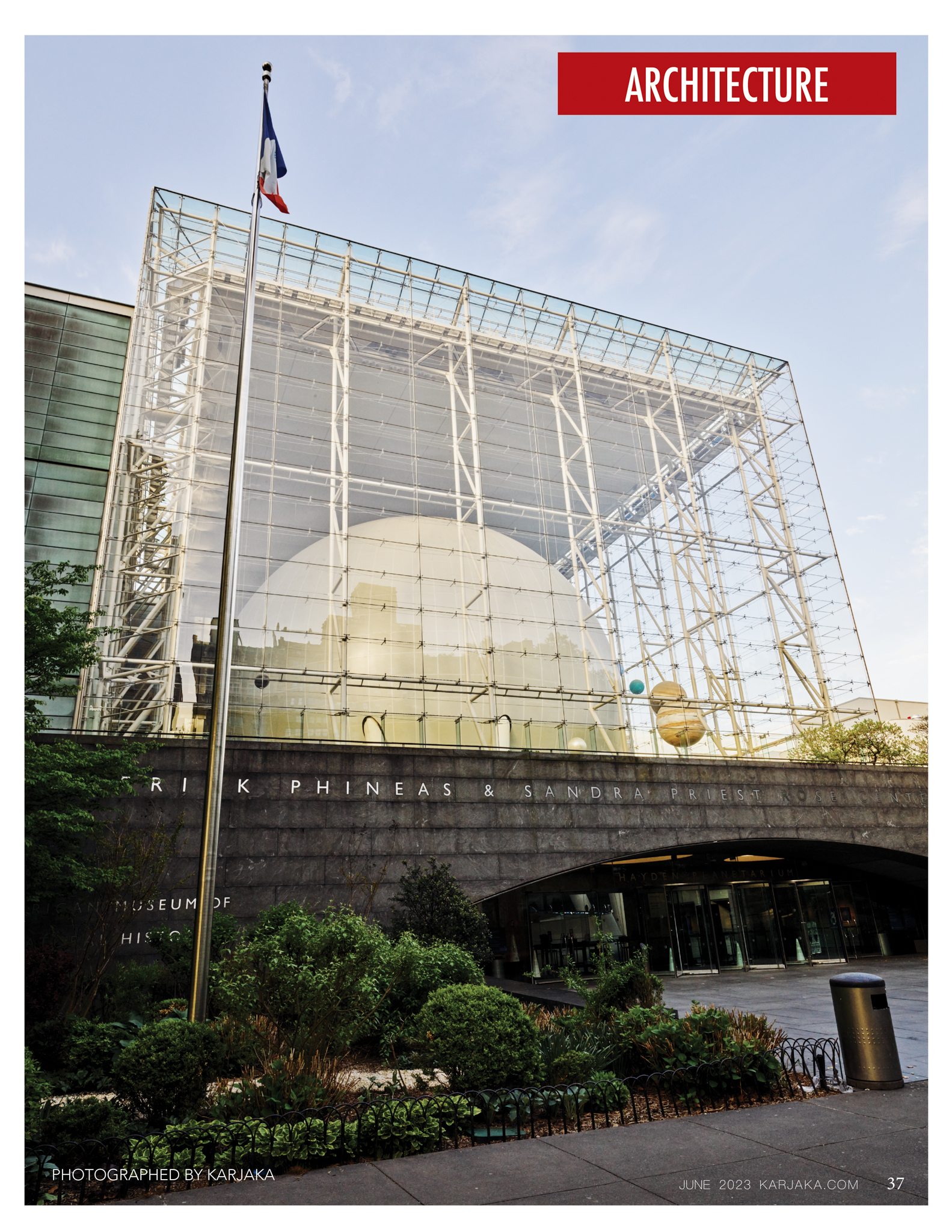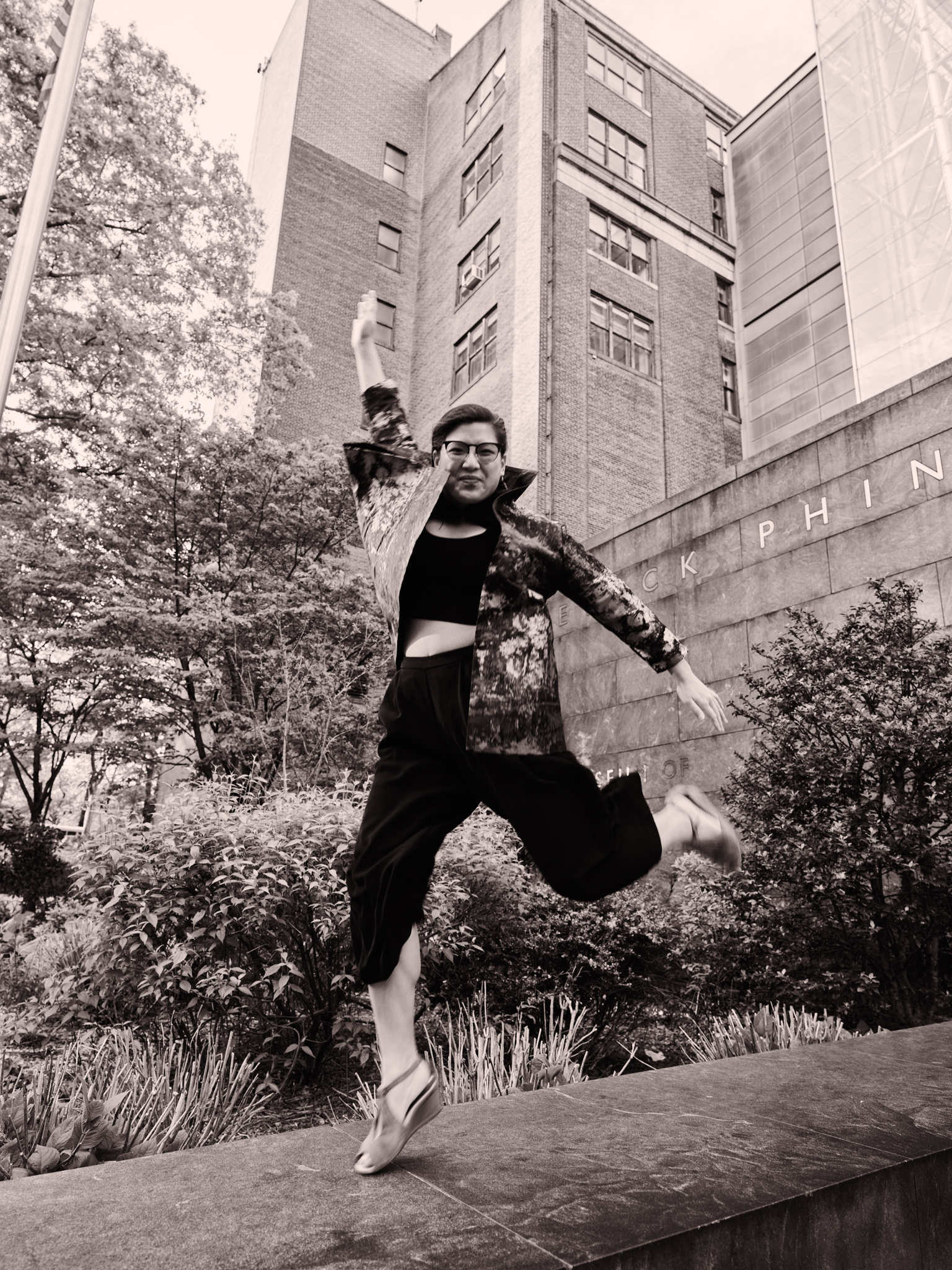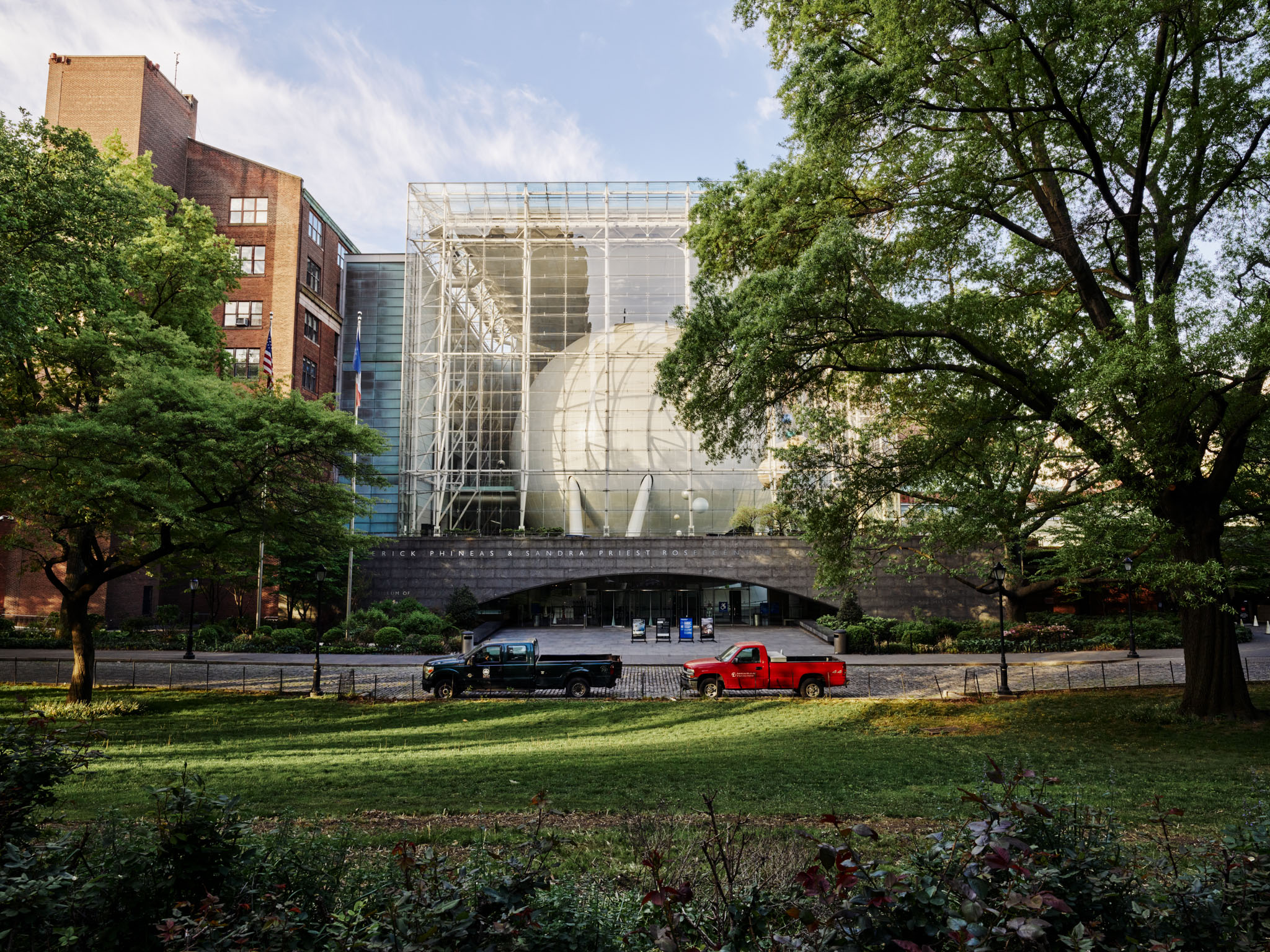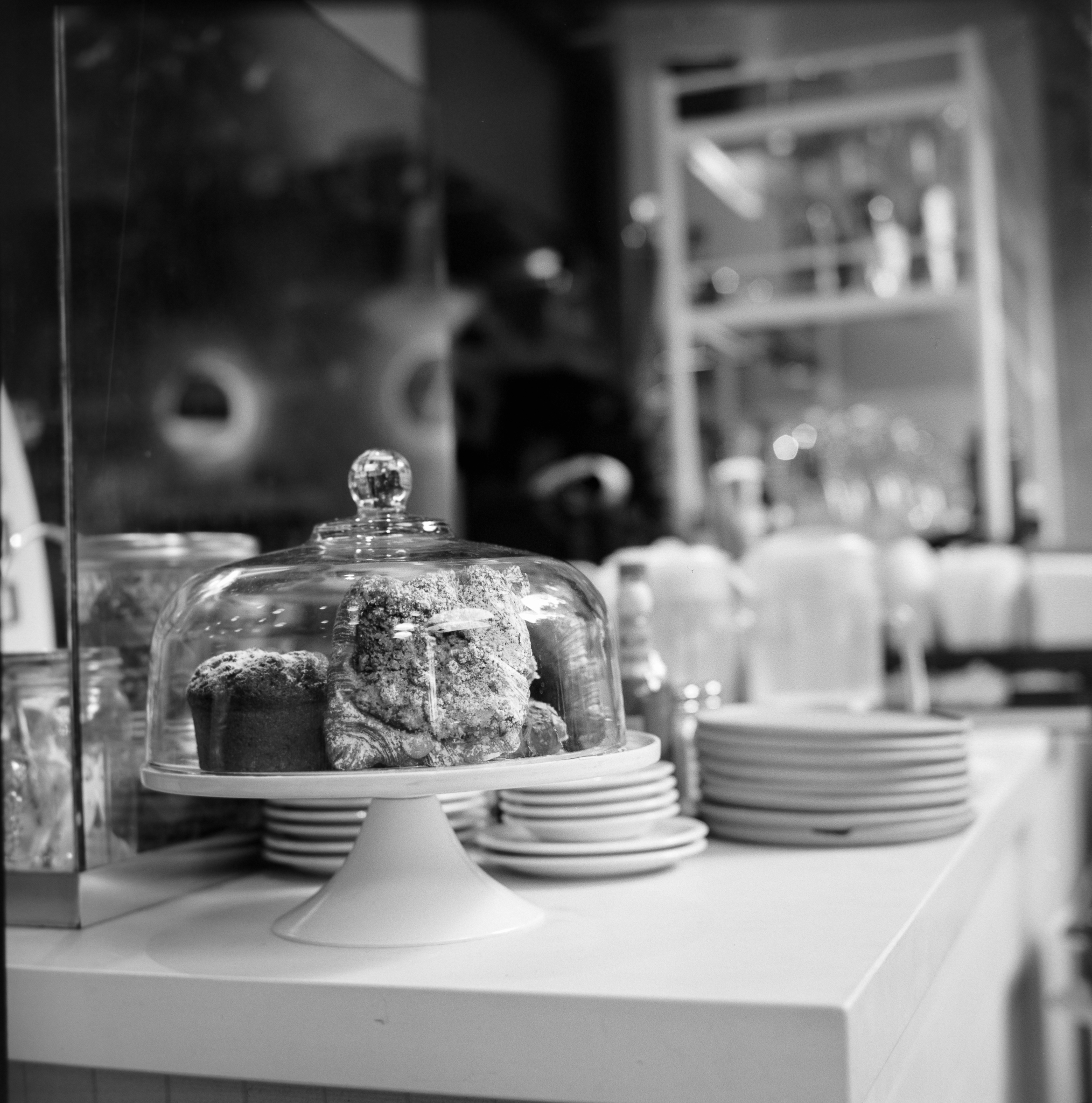
Stress is a unit of pressure, which is defined in the field of physics (and engineering) as a force acting over an area. Usually stress is looked at on a small scale, like a specific point pushing down. In physics or structural engineering, it is kind of like the scale of a slice of bread out of a deliciously freshly baked full pullman loaf. Stress is usually looked at as a moment at a specific location across a greater element working hard to keep a building up.
Imagine trying to stack multiple cakes to create a tiered cake. If the cakes are too heavy, they will cave in! However, if you have a sponge cake (like the paper wrapped steamed ones from Chinatown/my childhood), it can spring back if the load isn’t too heavy. There is a delicious elasticity and delicate nature to that sort of cake. We love cake for how delicate it is – that light and luxurious mouthfeel is present in some measure across all types of cake.
Steel’s elasticity (the ability to bounce back) is why it revolutionized architecture and the building industry. Biting into a cupcake or a sponge cake can momentarily compress the cake, but how much physical force can we really impact with our mouths (assuming we’re not circus artists)? Steel can withstand an extraordinary amount of force in a small area (lots of stress), in both tension (stretching) and compression (squishing).
And unlike stone or concrete that can crumble relatively suddenly under tension, steel maintains its elasticity in both tension and compression. Looking at the American Museum of Natural History’s north facade, the Weston Pavilion houses the Rose Center for Earth and Space. Designed originally by Polshek Partnership (now an architectural practice called Ennead), this glass clad steel space frame facade was an extraordinarily innovative and impressive piece of architecture – light, airy, and shiny. It was particularly so, given the contrast to the existing West and South elevations. The south elevation is a 1897 Romanesque Revival project with a variegated pink and red granite facade designed by Cady, Berg, and See. The aesthetic and functionality of dimensional stone as I had mentioned previously is intimately tied with traditional monumental stately architecture historically associated with particularly distinguished institutions. It’s heavy, weighty, and shall we hazard – intimidating (much like the bureaucratic organizations these sorts of buildings house).

The north facade’s transparency creates this otherworldly awe as you can see the planets in the Solar System suspended within the glass enclosure – suspension of the same disbelief that enables us to expand our minds and understanding of the natural world around us, which fits in with the mission of the museum (AMNH) quite well. It’s inspiring to see the vastness of space and its educational representation as you walk past the museum. That’s the power of facades! And, the steel here is doing an extraordinary job withstanding the wind loading that acts on the glass facade and the weight of the glass itself. The slenderness of the facade support really wouldn’t be achievable by another material – for sure not stone or concrete. That minimal structural is allowed to wiggle – because we know it will wiggle back into place. In technical jargon, it is called deflection. When the wind blows, it will push against the glass which in turn pushes against the brackets that connect back to the steel elements. In that moment when the wind blows, the glass, brackets, and steel will move and even stretch or compress. But once the wind stops blowing, the system will go back to its original spot. It’s pretty freakin’ cool.
And, the transparency of glass makes this all the more inspiring. It’s melted sand that gets to congeal-ish…Glass as a material itself is actually neither a liquid nor a solid. It is an amorphous solid—a state somewhere between those two states of matter. And as science-fictiony as it sounds, it can further be strengthened by getting heated up and cooled, in a process called tempering, much like tempering chocolate. In this tempering process, the glass molecules get super duper stressed and in the cooling process those molecules get into this uber compression mode and its this uber compression mode that results in extra strength (up to more than twice as strong as your regular picture frame glass!). It’s this stuff that is on most buildings. Unlike humans, glass gets stronger from that constant stress.

While our capitalist society drives us to want to be strong like steel or glass, I would say it takes more strength to remain soft and formless like water. “Be like water,” Bruce Lee once said. Water can penetrate any building, given enough time and sussing out of vulnerabilities in detailing. So in a world that pushes us to constantly produce while stressed and stretched thin, remember that there is resistance in rest, and that while we use materials to build awe-inspiring buildings and facades that offer glimpses into the amazing world around us, we can maintain our essence as humans to be in awe of and curious of the world around us and to be like cake – delicate and delightful. -KC


